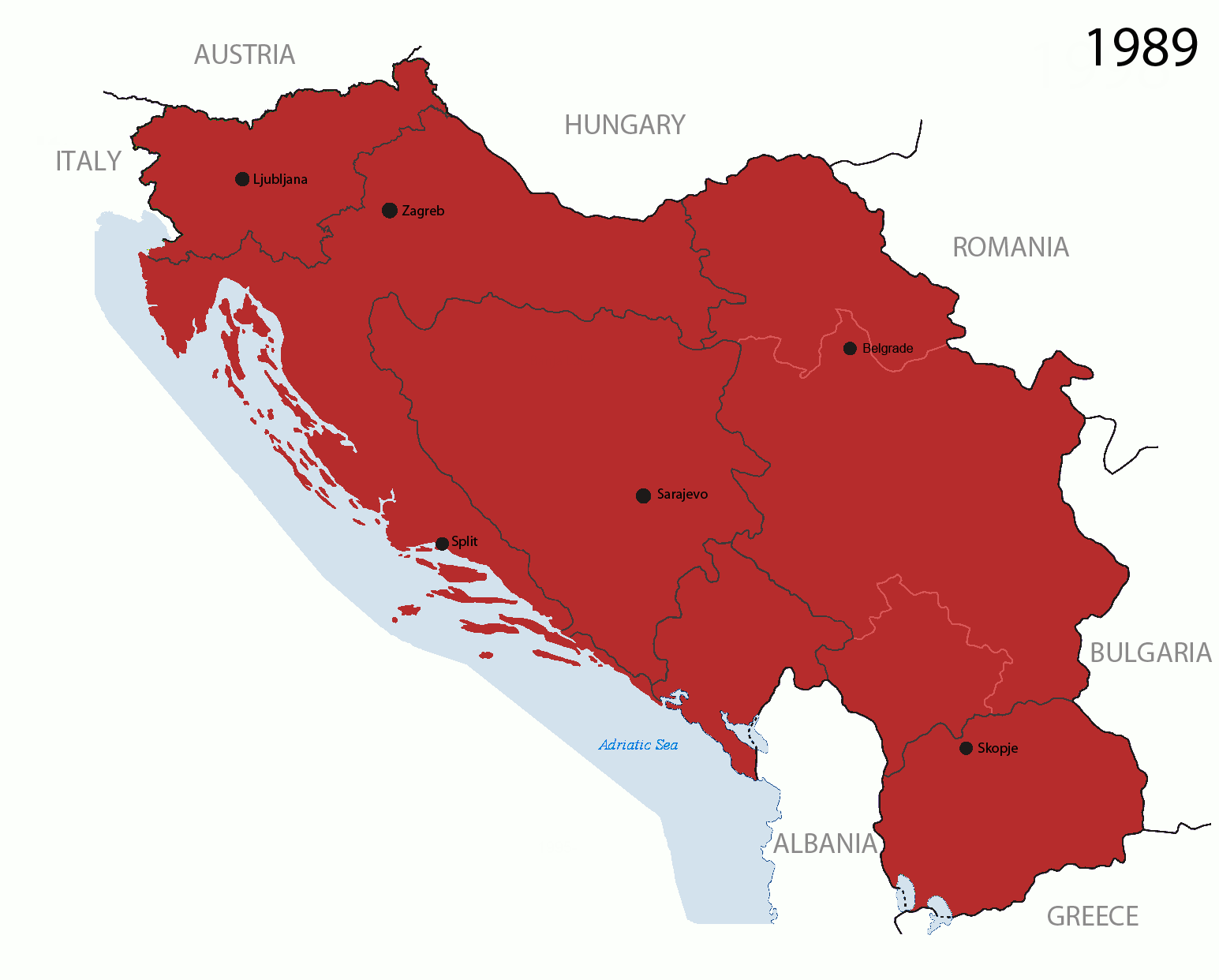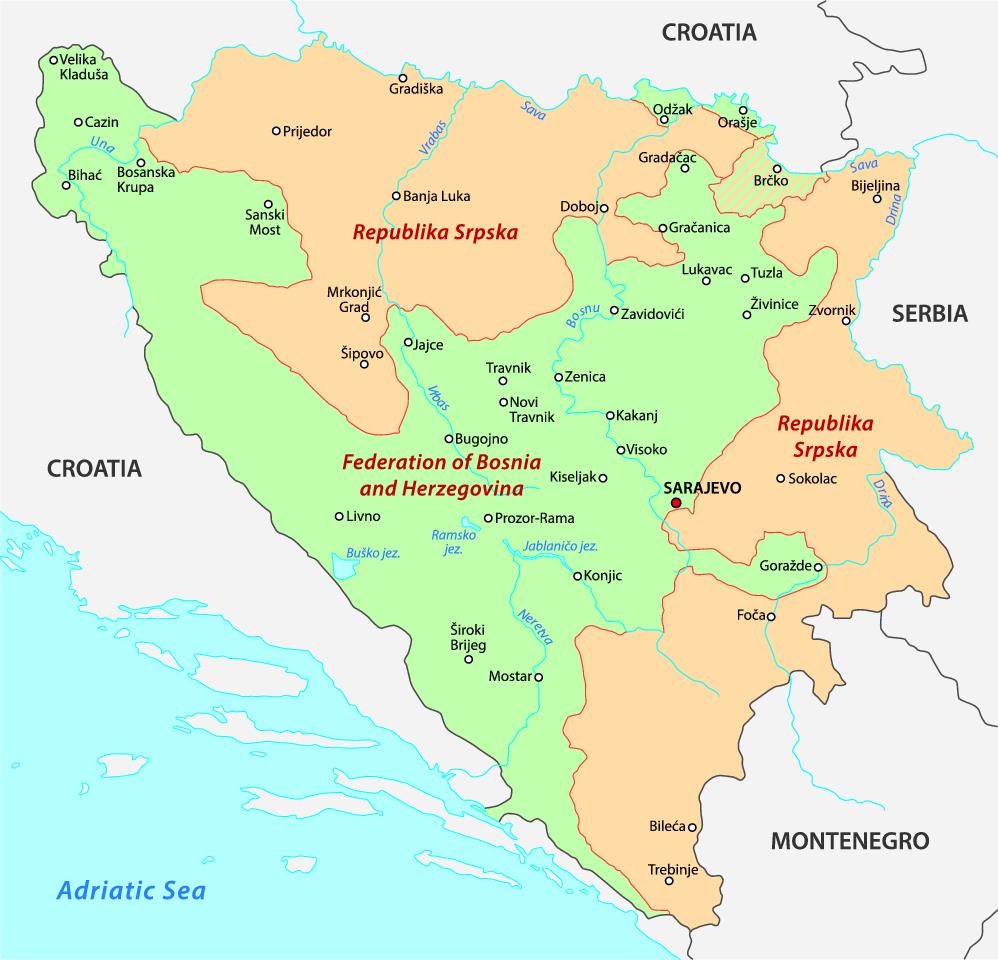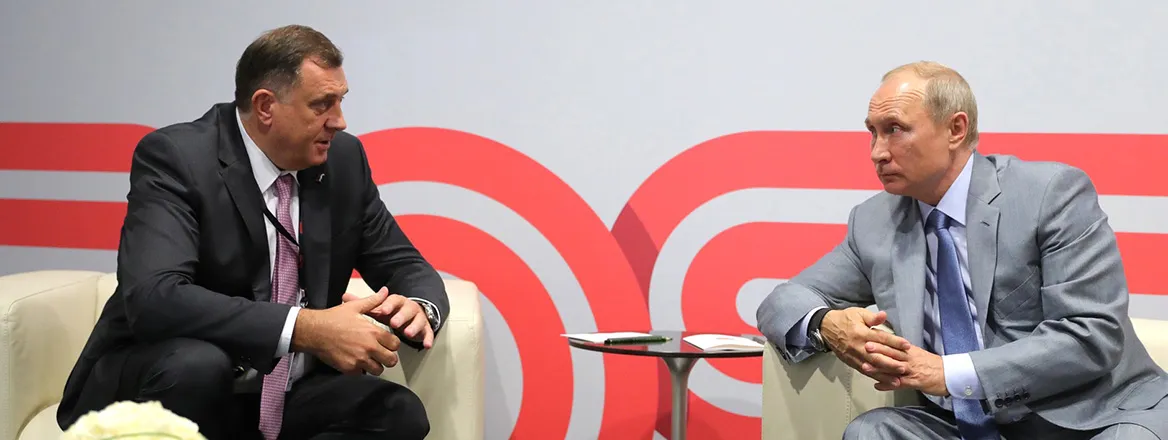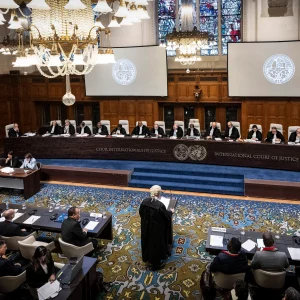Written in July 2022
As Vladimir Putin’s baseless war in Ukraine unfolds, the Russian propaganda machine has been hard at work churning out false narratives—like asserting the U.S. and Ukraine are training birds and reptiles to spread viral pathogens in Russia. Though seemingly trivial, this claim may be the pretext for the use of chemical or biological weapons by Russia’s military, just as claims of genocide against ethnic Russians were the pretext for the invasion leading to Ukrainian civilians being murdered, tortured, and raped.
These claims of ethnic Russians being persecuted go back to at least 2014 when a similar playbook was used in the Russian annexation of the Crimean peninsula from Ukraine. Of course, the accusations are categorically false, but they are more than just flimsy excuses for land grabs. They feed into Putin’s larger imperialist narrative and goal of reclaiming lands that, in his view, are part of the Russian ethnostate, or all the lands where Russians live that ought to be under his control. Putin is simply projecting his own ethno-nationalist mindset onto his enemies.
Ethnic nationalism is one of Putin’s trusty tools, but he doesn’t just exploit it to justify invasion—it is also his way of infiltrating other states’ politics.
Specter of the past
Roughly 700 miles to the southwest of Kyiv, Bosnia and Herzegovina is nestled in the western Balkans. Before the war in Ukraine was on the radar, this part of the Balkan peninsula looked to be the likeliest threat to European stability.

The region in question, formerly the state of Yugoslavia and now six individual nations, is incredibly complex and has a troubled history. In vastly oversimplified terms, the republic of Yugoslavia disintegrated into several smaller states in the 1990s due to ethnic tensions between the Bosniaks, the Serbs, and the Croats. There were several brutal conflicts in various parts of the region with mass atrocities perpetrated by all sides, but the Serbian forces were the predominant aggressors, led by ethnic nationalist Slobodan Milošević. Bosnia, the country of concern today, was divided into two autonomous regions: the Federation of Bosnia and Herzegovina (ethnically a Croat-Bosniak state) and the Republika Srpska (predominantly Serbian). The latter territory was seized by Serbian forces during the Yugoslav wars and saw the forced expulsion of non-Serb ethnic groups and subsequent influx of Serbs from neighboring areas.

Tensions have simmered under the surface ever since and have been reemerging in recent months. Ethnic Serbs living in Bosnia announced in December that they would secede within six months and have started forming independent institutions and military forces. This has sparked fears among Western powers of a return to the ethno-nationalist conflict that left 140,000 dead and sparked genocidal acts. Back in January, U.S. officials were in Bosnia meeting with Milorad Dodik, the president of the Republika Srpska who has been threatening secession. With the ongoing conflict in Ukraine, Germany has warned of a spillover effect into the Balkans, citing concerns about Bosnia’s dysfunctional political state and, most critically, the influence of the Russian government. This could very well be the next war in Europe and could be aggravated by the same person who almost unilaterally decided to invade Ukraine.
Putin’s playbook
Moscow is backing the Republika Srpska’s independence movement and has formed close ties with Serbia, part of its strategy of destabilization in the Western Balkans. In March of 2022, Russia’s defense minister spoke with Dodik, who has continued to support Russia’s war in Ukraine while trying to unravel institutions in Bosnia as part of his separatist plot. In September 2022, Dodik made the following remarks at a rally:
“And I think that these conditions [for separation] are being created; Europe is in more and more trouble. America is losing its strength. A new world is being created. In that world it is important that the Republika Srpska has Milorad Dodik who can call Putin and see him tomorrow.”
In this situation, Putin is again exploiting ethnic tensions by backing Serbian secessionist movements rooted in right-wing nationalism. By supporting these groups, Putin hopes to further destabilize the region for his political goal of weakening Europe and bringing more countries under the fold of Russian influence. It’s a dangerous game; secession could very well spark more bloodshed in the region.
It is clear to see Putin focuses on ethnic tensions in Ukraine as well. Back in 2014 in the Crimean conflict, the Kremlin supported secessionists who helped achieve the goal of annexing the peninsula. In July 2021, Putin released a 5,000-word essay on the Kremlin website titled “On the Historical Unity of Russians and Ukrainians“, where he emphasizes their shared descent from the first Slavic state “Ancient Rus” (Kievan Rus) and shared cultural features. He concludes that Ukrainian sovereignty can only exist “in partnership with Russia”, though his idea of partnership seems to mean subjugation and control.
In Bosnia, supporting secessionists helps achieve the goal of destabilizing Europe and empowering Russia’s far-right allies in Serbia. While Ukraine’s valiant resistance and Western support may dissuade Russia from any conventional military action in the Balkans, but Serbia could still serve as an outpost for disinformation campaigns, cyber warfare, and other destabilizing strategies meant to erode Western unity.
If this exploitation of ethno-nationalist tensions by Putin sounds familiar to U.S. readers, that’s because he did it in America too. By boosting alt-right, white nationalist propaganda, Russian troll farms helped push Trump into office. Once there, Trump continued to sow discord, which weakened America internally and also supported Putin’s global agenda (weakening NATO, losing allies’ trust, legitimizing Russia’s invasion of Crimea, abruptly leaving Syria, softening American conservatives’ stances on Russia, etc). Internal division in the U.S. crested during the storming of the capital on January 6th, 2022, a highly symbolic moment showcasing just how divided America has become.
Division is one of the oldest tactics in games of power. Divide et impera (divide and rule) was a philosophy preached by Caesar, Machiavelli, and Napoleon. Rich slaveholding whites in America used racism to sow hatred between poor whites and enslaved blacks in order to cement their power. Amazon is desperately trying to stop its workers from unionizing. Putin boosts ethno-nationalist movements in enemy countries to split their political systems. Time and again, those seeking to maintain or gain power use division, because a divided enemy is weak.
The dangers of ethnic nationalism as a divisive tactic cannot be understated. It destabilized the Balkans in the 1990s, and may yet cause more conflict to erupt in the troubled region. Like an open wound susceptible to infection, ethnic divisions stoked by nationalistic fervor can open the door to Putin’s machinations. Opposing ethnic nationalism is therefore essential to maintain the strength and unity of a democratic country. While its acolytes preach strength through homogeneity and recall instances of ethnic hatred, carving up states around ethnic lines is a surefire way to push your country toward danger and geopolitical weakness.
I acknowledge the safety I am afforded by writing this from the United States, and I am in awe of the courage of journalists and political dissidents who risk their freedom and their lives to criticize the regime in Russia.
Featured Image Source: Royal United Services Institute











Comments are closed.